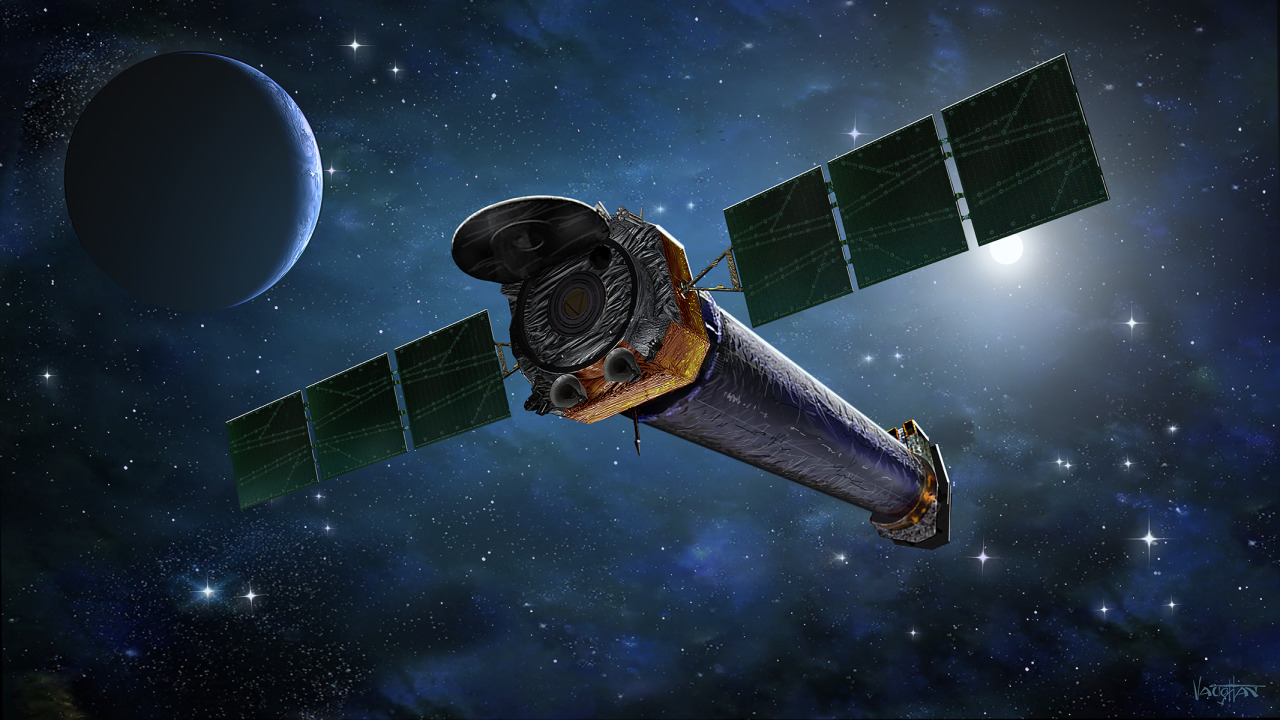Europa Clipper is a space mission crafted with one overarching goal: determine if Jupiter’s ocean moon, Europa, has conditions suitable for life. Watch launch live on Oct. 14 as the largest uncrewed spacecraft we’ve ever built begins its journey into the solar system.
Launch Your Creativity with Space Crafts!
In honor of the completion of our Nancy Grace Roman Space Telescope’s spacecraft — the vehicle that will maneuver the observatory to its place in space and enable it to function once there — we’re bringing you a space craft you can complete at home! Join us for a journey across the cosmos, starting right in your own pantry.
A Tour of Cosmic Temperatures
We often think of space as “cold,” but its temperature can vary enormously depending on where you visit. If the difference between summer and winter on Earth feels extreme, imagine the range of temperatures between the coldest and hottest places in the universe — it’s trillions of degrees! So let’s take a tour of cosmic temperatures … from the coldest spots to the hottest temperatures yet achieved.
First, a little vocabulary: Astronomers use the Kelvin temperature scale, which is represented by the symbol K. Going up by 1 K is the same as going up 1°C, but the scale begins at 0 K, or -273°C, which is also called absolute zero. This is the temperature where the atoms in stuff stop moving. We’ll measure our temperatures in this tour in kelvins, but also convert them to make them more familiar!
We’ll start on the chilly end of the scale with our CAL (Cold Atom Lab) on the International Space Station, which can chill atoms to within one ten billionth of a degree above 0 K, just a fraction above absolute zero.
Credit: NASA’s Goddard Space Flight Center/Scott Wiessinger
25 Years of Exploring the Universe with NASA’s Chandra Xray Observatory
Illustration of the Chandra telescope in orbit around Earth. Credit: NASA/CXC & J. Vaughan
On July 23, 1999, the space shuttle Columbia launched into orbit carrying NASA’s Chandra X-ray Observatory. August 26 marked 25 years since Chandra released its first images.
These were the first of more than 25,000 observations Chandra has taken. This year, as NASA celebrates the 25th anniversary of this telescope and the incredible data it has provided, we’re taking a peek at some of its most memorable moments.

